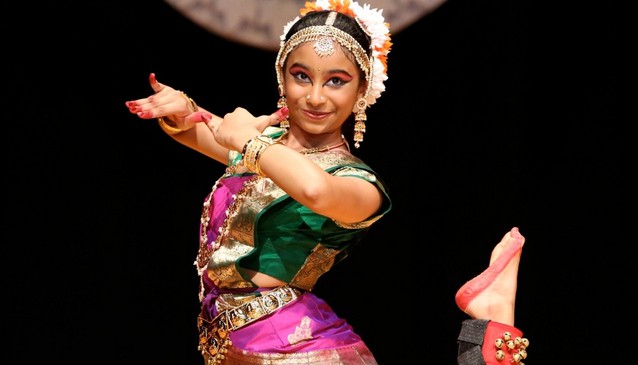 As a high school freshman, she won runner-up in a regional “Poetry Out Loud” competition, where she recited three poems. As a sophomore, she presented a TedX Talk on her research with proteins to slow the progression of amyotrophic lateral sclerosis (ALS), a progressive neurodegenerative disease that affects nerve cells in the brain and the spinal cord. Today, as a junior at Warwick High School, she is working on creating a moderately priced gunshot-detection program to pinpoint weapons during episodes of gun violence.
As a high school freshman, she won runner-up in a regional “Poetry Out Loud” competition, where she recited three poems. As a sophomore, she presented a TedX Talk on her research with proteins to slow the progression of amyotrophic lateral sclerosis (ALS), a progressive neurodegenerative disease that affects nerve cells in the brain and the spinal cord. Today, as a junior at Warwick High School, she is working on creating a moderately priced gunshot-detection program to pinpoint weapons during episodes of gun violence.
Aside from her academic accomplishments, 17-year-old Shohini Banerjee of Lititz, Pennsylvania, is a successful Bharatanatyam dancer.
She will perform at Elizabethtown College at 7 p.m. Wednesday, Feb. 10, in Gibble Auditorium. During the 45-minute program, she will present several dances that represent different deities of the religion, including Shiva and Ganesha, which are frequently depicted in Hindu artwork.
That is probably one of the greatest things dance has done for me, it’s taken me out of my shell and out of my comfort zone and helped me develop those expressions.”
“I dance every day, even if I don’t go downstairs, turn on the music and practice, because I feel like dance is such an integral part of me that even when I am just walking, even when I am just talking to people,” Banerjee said. “I have known people who have said that you are very expressive, and you tend to look like you are dancing even when you are not.”
Bharatanatyam is a form of classical dance that originated in Southern India. The dancers use the movements, costumes and music to express Hindu themes and devotions, such as the belief that there is divinity in everything. This temple dance was taken to the stage for public performances in the 1930s.
“All of the motions that the dancer performs have symbolic meaning, even the facial expressions,” Dr. Jeffery Long, professor of religion and Asian studies, said. “It requires total self-control.”
Long and Dr. Kevin Shorner-Johnson, assistant professor of music education, co-sponsored the event as a cultural experience for students, with the goal of bringing lessons to life. The two professors often collaborate on programs that focus on the arts of Southern, Southeastern and East Asia.
“It is an incredibly beautiful expression of Hindu faith through movement,” Shorner-Johnson said. “It is also an expression of womanhood and a connection to Indian identity for many individuals who live in the United States.”
Banerjee’s family immigrated to the United States from Eastern India. Her mother introduced her to this style of dance when she was 5 years old, and she has studied it since then. She performed her Arangetram — Bharatanatyam graduation performance — at the age of 12. This performance is a two-hour continuous solo performance.
“In Bharatanatyam, one of the most important parts is the expression. It was originally meant for telling stories, so the point of the dance is to convey a certain emotion or many emotions,” Banerjee said. “If you want to convey something like that you have to be very involved in the dance.”
“This is almost as if the images come to life, when you see someone dance this dance,” Long said. “It captures what Hinduism is all about.”
Banerjee performs at the Hindu temple that she and her family attend, as well as public events. At the temple, the dances she usually performs are devotional pieces, as the dance considered a form of worship. When she performs for western audiences, she dances many of the same pieces, but makes sure to she explain the stories that accompany each dance.
“That is probably one of the greatest things dance has done for me, it’s taken me out of my shell and out of my comfort zone and helped me develop those expressions,” the dancer said.

